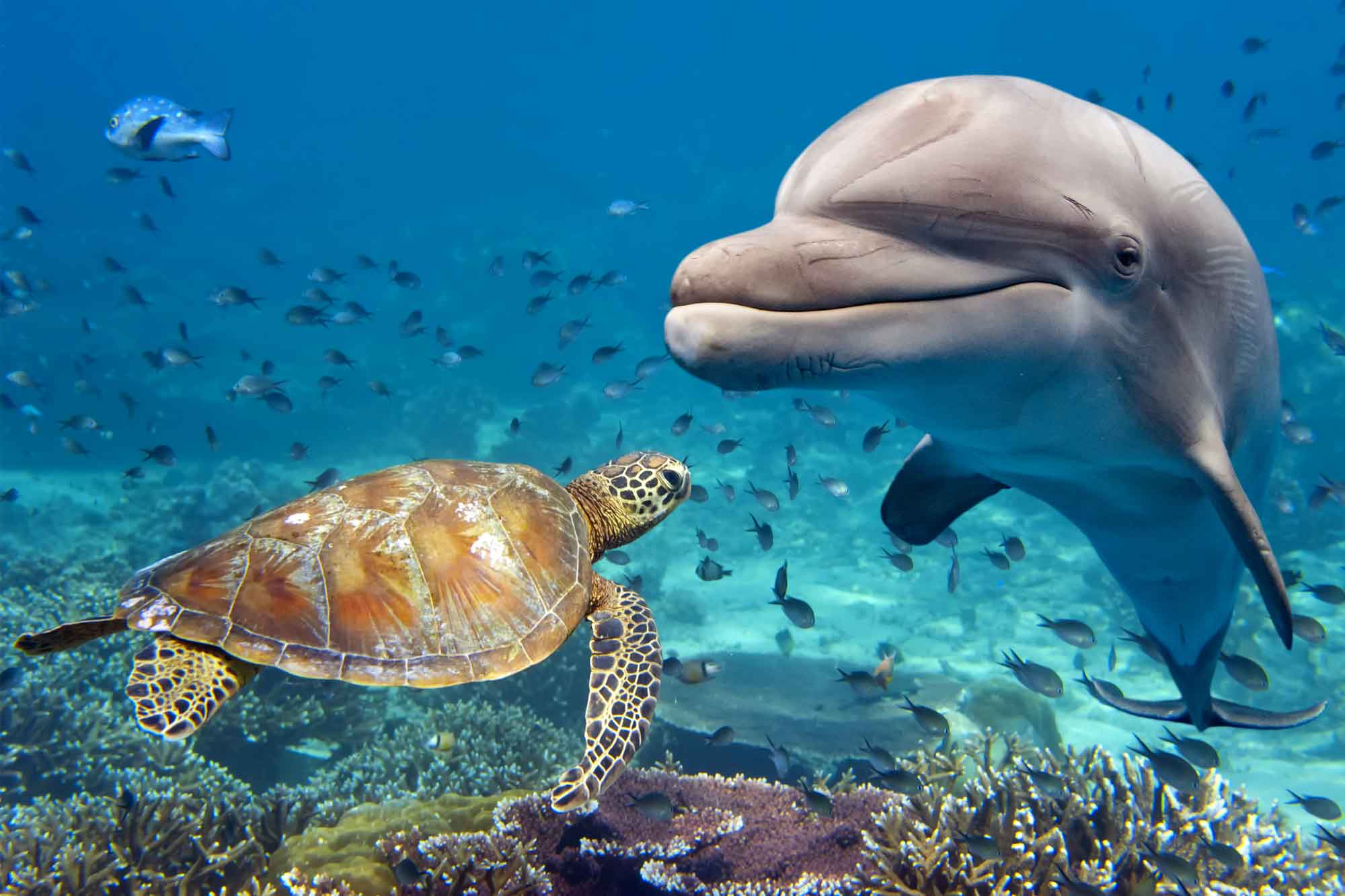
Conservation and Preservation are Beautiful and Holy!
There does not exist a complete and sound philosophy that discounts beauty, especially natural beauty. The conservation and preservation of the immense biodiversity of our planet is primary.
Research the Problem
It is the responsibility of all market operators (both consumers and producers) to understand the condition of the local and worldwide environment. You can read more about free markets and the responsibilities of market operators – Freeing the Sports World of Steroids, Silencing Donald Sterling, Stopping Global Warming and more…
A Great Read: Review the findings of the 7th annual Intergovernmental Science-Policy Platform on Biodiversity and Ecosystem Services.
In 2019 the findings of the Intergovernmental Science-Policy Platform on Biodiversity and Ecosystem Services conducted the most comprehensive study of its kind.
Compiled by 145 expert authors from 50 countries over the past three years, with inputs from another 310 contributing authors, the Report assesses changes over the past five decades, providing a comprehensive picture of the relationship between economic development pathways and their impacts on nature. It also offers a range of possible scenarios for the coming decades.
Most comprehensive assessment of its kind; 1,000,000 species threatened with extinction
Nature is declining on a global scale. It is doing so at unprecedented rates within human history — and the rate of species extinctions is accelerating. With this decline, a landmark report 2from the Intergovernmental Science-Policy Platform on Biodiversity and Ecosystem Services (IPBES) warns of grave impacts on people around the world, the summary of which was approved at the 7th session of the IPBES Plenary, 29 April – 4 May in Paris.
Since 1900, the average abundance of native species in most major land-based habitats has fallen by at least 20%. Along with this, more than 40% of amphibian species, almost 33% of reef forming corals, and more than a third of all marine mammals are threatened. The picture is less clear for insect species but available evidence supports a tentative estimate of 10% being threatened. At least 680 vertebrate species have been driven to extinction since the 16th century and more than 9% of all domesticated breeds of mammals, used for food and agriculture, had become extinct by 2016. It should also be noted that at least 1,000 more breeds are still threatened at the present.









